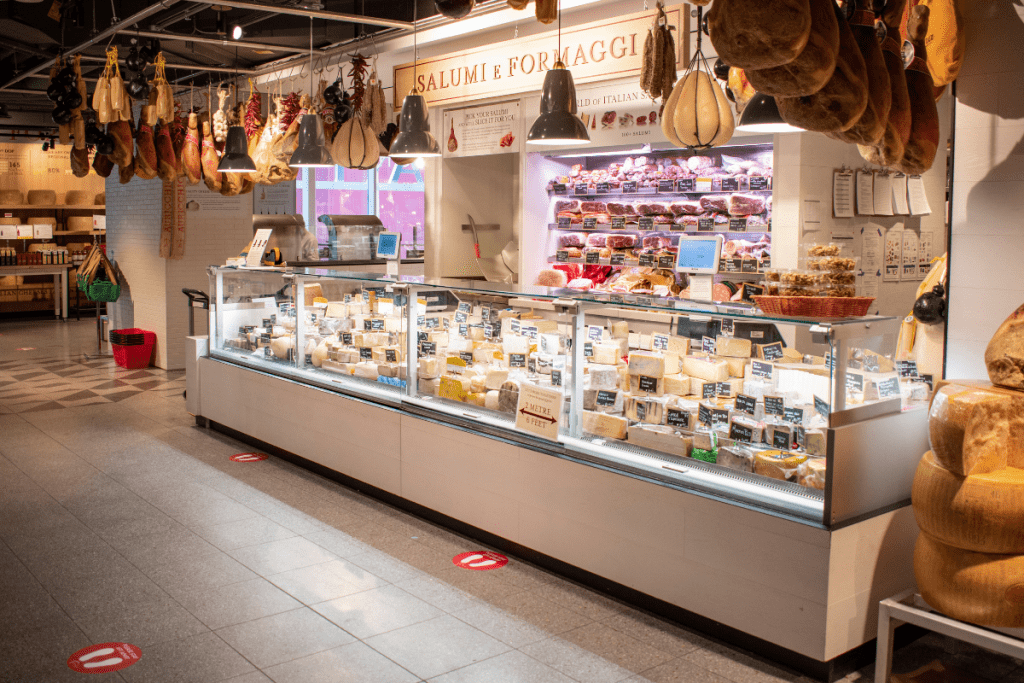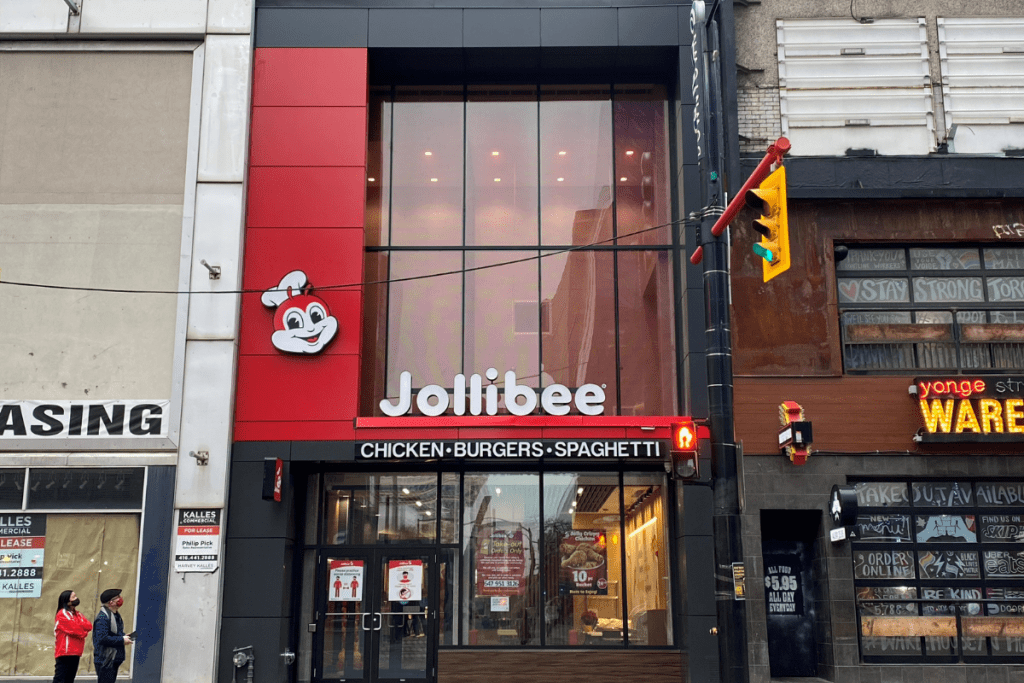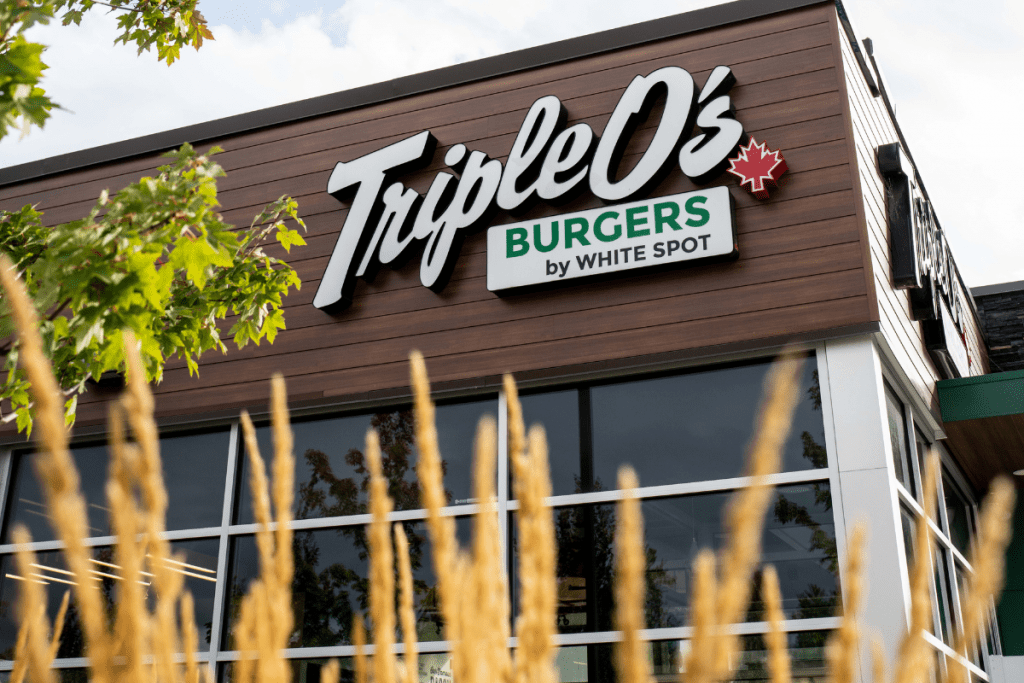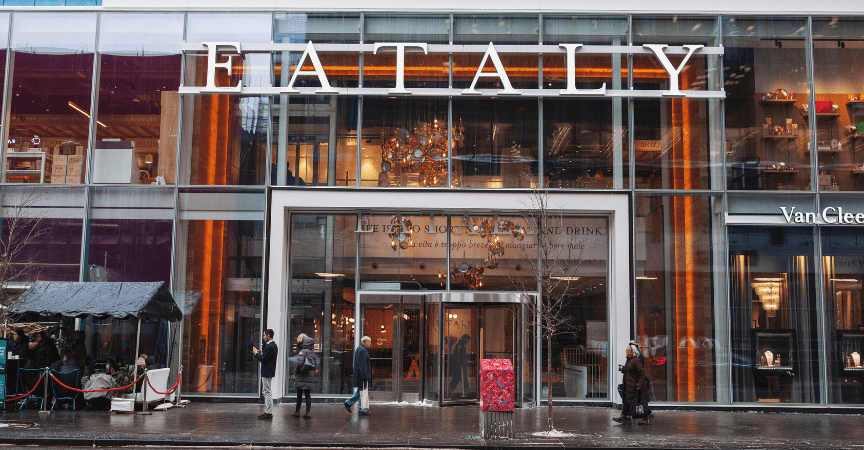Unlimited Potential: Harnessing Canadian Opportunities for Expansion and Growth
The Canadian restaurant scene is one of variety, diversity, and choice. Most major cities play host to a bevy of international flavours. Smaller towns serve up innovative concepts alongside familiar favourites. For hospitality brands looking to expand, Canada is considered a top choice.
While COVID-19 has dealt a shock to the industry, Canada continues to be an attractive place to do business. Even though Canada is a smaller market given its population size, it’s seen as a healthy one, with opportunities for concepts that want to increase their footprint. “Over the past decade, the foodservice industry was the fastest-growing sector of the economy, outpacing both the financial industry and housing market,” says Chris Elliott, senior economist with Restaurants Canada. In Canada, consumers spend approximately 36 per cent of food sales at restaurants, while in the U.S., consumers spend closer to 50 per cent. A significant opportunity exists for restaurants to expand their share of the pie.
The Greater Toronto Area is considered a particularly appealing option for chains to start a Canadian rollout. Its multicultural makeup, dense population, and strong record of monetary performance are all elements that make it a top contender. In addition, the Greater Golden Horseshoe (a term coined for the cluster of cities that border Lake Ontario) is home to the second-largest food processing industry in North America.
“This provides access to a wide range of international food supplies and reduces barriers to obtaining authentic ingredients,” explains Mark Parmegiani, director of commercial sales and leasing with CHI Real Estate Group. “You don’t notice it when you live here, but the level of multiculturalism in the GTA is only rivaled by a few other cities in the world, and this translates into an incredibly dynamic hospitality industry and customer base that you wouldn’t easily find elsewhere.” In fact, Parmegiani believes that brands can’t afford to stay out of the Canadian market.
Canada: A top pick for international expansion
It was these factors that influenced Eataly’s move into the Canadian market in late 2019. The diverse makeup of the people, coupled with a significant
Italian population made it a natural choice.

“To us, the thriving food scene in Toronto was a good sign that interest would be high for an Italian marketplace like Eataly,” says Nico Dagnino, managing director of Eataly Canada. “We had an awareness that this market knows and appreciates quality Italian food.”
The impressive depth of culinary offerings in the area also allowed Eataly to tap local vendors, like Sheldon Creek Dairy, Quality Cheese and Diana’s Seafood, to partner in their operations. Dagnino and his team’s work to understand the Toronto market has paid off handsomely, in optimized relationships with many local businesses that have continued to flourish during the pandemic.
Italy is Europe’s top exporter of fine food and wine to Canada, due to its well-known cuisine and regional products. The Italian Trade Commission has been at the forefront of the promotion of ‘Italian Authentic’ products, partnering with large-scale retailers and facilitating trade and partnership between Canadian and Italian companies.
“We are joining Restaurants Canada in relaunching the entire foodservice industry. ‘Tutto Food’ and ‘Host Milano ’21’ are going online and we want to take the opportunity to relaunch both the Italian food trade along with equipment and machinery for the catering and hospitality industry,” says Matteo Picariello, Italian Trade Commissioner to Canada.
In a similar example, after opening several locations in the U.S., Jollibee, a Filipino restaurant famous for their fried chicken, decided to look north of the 49th parallel for their next opportunity. “Our initial success in the U.S. illuminated the growth potential for Jollibee in Canada, a country where there is an underserved consumer base and where chicken is one of the fastest-growing categories,” states Maribeth Dela Cruz, President of Jollibee Foods Corporation, North America, Philippine Brands.
In a twist, Jollibee chose to enter the Canadian market in 2016 via Winnipeg. With a large percentage of residents of Filipino descent in the city, the company was betting on its brand familiarity and the nostalgic factor to help make its launch in Canada a success. It soon found that its product had an appeal that crossed cultural borders. When Jollibee later opened Toronto-area locations, they sparked regular
lineups, with some even willing to wait several hours for a taste of their crispy chicken.

Jollibee relies on a multidisciplinary leadership team to research prospective locations, looking into demographics and local demand before securing real estate in desirable areas to ensure the success of every new store. Jollibee aims to position its restaurants near or within popular shopping destinations, to increase the visibility of its niche brand to the general public. Today, Jollibee has 17 locations in Alberta, Manitoba, Ontario, and Saskatchewan, with plans to open nine more restaurants in Canada in 2021.
A Recipe for (Domestic) Success
Beloved by Canadian west coasters, the B.C.-based restaurant chain White Spot and its quick-serve counterpart, Triple O’s, have a solid and devoted following. Known for delicious, dill-topped burgers, the company has received inquiries from all over the country about its expansion plans. For years, White Spot and Triple O’s locations were found only in B.C.
and Alberta and, in a somewhat unusual development, overseas. “Our expansion into Asia was very serendipitous,” Warren Erhart, CEO of
White Spot says.
With a significant number of B.C. residents with strong ties to Hong Kong, he found that there was already existing brand awareness in these areas. So. when he was approached by a family who was passionate about the brand, knowledgeable about the Asian market, and interested in the franchise rights to expand overseas, it seemed like a natural fit. But the White Spot team was always aware of the opportunities available in the rest of the country. Detailed research and modelling yielded several locations that would likely be successful, particularly in southern Ontario.

As echoed by Dagnino and Parmigiani, Erhart’s team saw the province as an attractive market for expansion due to its large and diverse population and a general trend of strong economic growth. However, to efficiently replicate the concept, the company decided against testing the waters by opening a single store. “What we didn’t want was to roll out an orphan restaurant to a new market,” says Erhart. Even in its Asian rollout, the franchise agreement involved opening six locations over approximately three years.
White Spot prides itself on cultivating long-lasting partnerships with local suppliers and was interested in building a similar network of suppliers for their Ontario operations. While some items will be shipped in from B.C. in the short-term, Erhart says they’ve already found quality, local suppliers to produce the patties and buns to the exact specifications of their western operations.
The plan was to start with Triple O’s, a casual, quick service spinoff of the original White Spot with a smaller menu of burgers, shakes and fries. Initially set to roll out in the fall of 2020, the arrival of the first Ontario Triple O’s location in Mississauga was delayed due to COVID-19, finally opening March 2021. Another site in Vaughan opened about a month later. Even with a toned-down marketing effort to mindful of COVID-19 restrictions, interest in the chain remains steady and continues to grow.
In general, drive-thrus and quick service restaurants have been relatively prosperous during the pandemic due to their fast, convenient and physically distanced services. Erhart remains optimistic about White Spot and Triple O’s future, with plans to open 30 more locations in Ontario within the next five years.
There is a Future in Food
Despite the disruption of COVID-19, there are still opportunities for the hospitality sector to thrive. Consumer demand for the restaurant experience has been artificially curbed by public health measures and is expected to bounce back once restrictions are eased. There’s no denying that the pandemic has been long and painful for businesses.
Still, a combination of public health measures, vaccinations and better healthcare strategies mean that the end is in sight. Some experts have predicted a flurry of social activity once some semblance of pre-COVID-19 normalcy is restored.
If takeout trends are any indication, stay-at-home orders and COVID-19 restrictions have not dampened Canadians’ desire for freshly prepared, restaurant-quality food. In a recent Restaurants Canada and Angus Reid survey, 71 per cent said that “they got takeout from a traditional table-service or fast food restaurant” in the last two weeks. Furthermore, 24 per cent said that they “felt comfortable right now” visiting a table-service restaurant with friends or family on a regular basis.
Restaurant operators with an eye to the future are making moves to position themselves for success in this not-too-distant future. Chains and stand-alones alike express their faith in the industry through their willingness to grow, expand, and innovate within Canada, seizing opportunities as they come to turn things around. It’s a testament to the ingenuity of those working in the industry—finding ways to succeed and persevere during one of the most significant slowdowns in the sector. Thanks to these restaurateurs and industry leaders, a rich and vibrant dining experience is waiting for us around the corner.








Hi sir
My name is Zahid Sharif
Jam from Pakistan
New me job in UAE
I have 6years experience fast food
Pizza,and pasta,Burger. Shahromma
Hi sir
My name is Zahid Sharif
Jam from Pakistan
New me job in UAE
I have 6years experience fast food
Pizza,and pasta,Burger. Shahromma
WhatsApp number 00971565733039